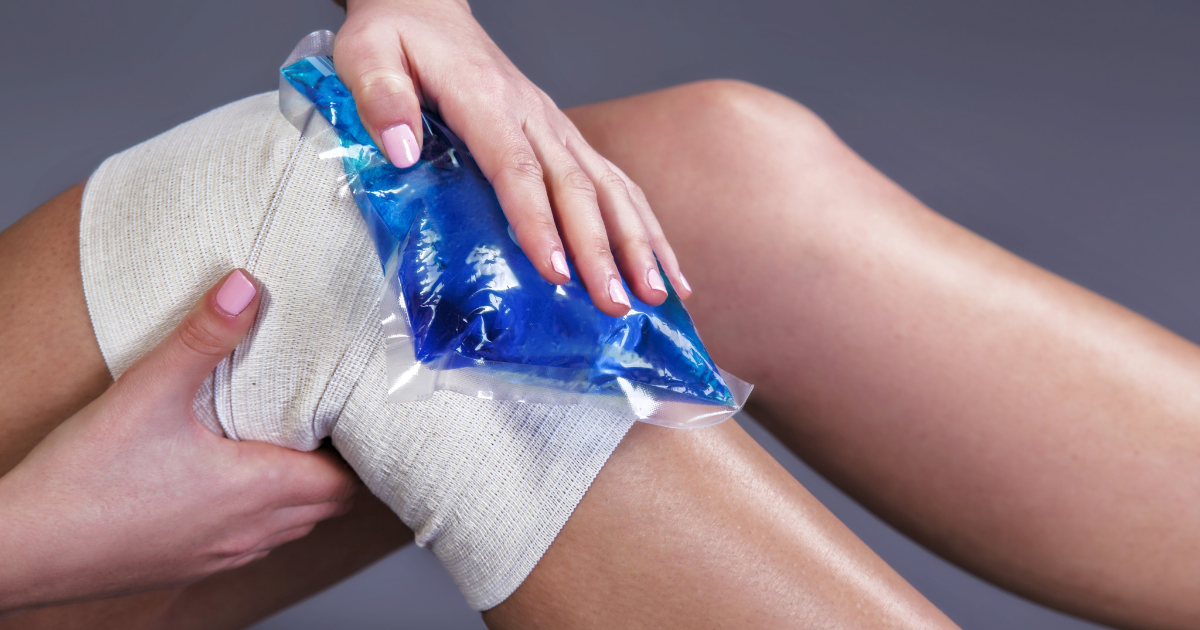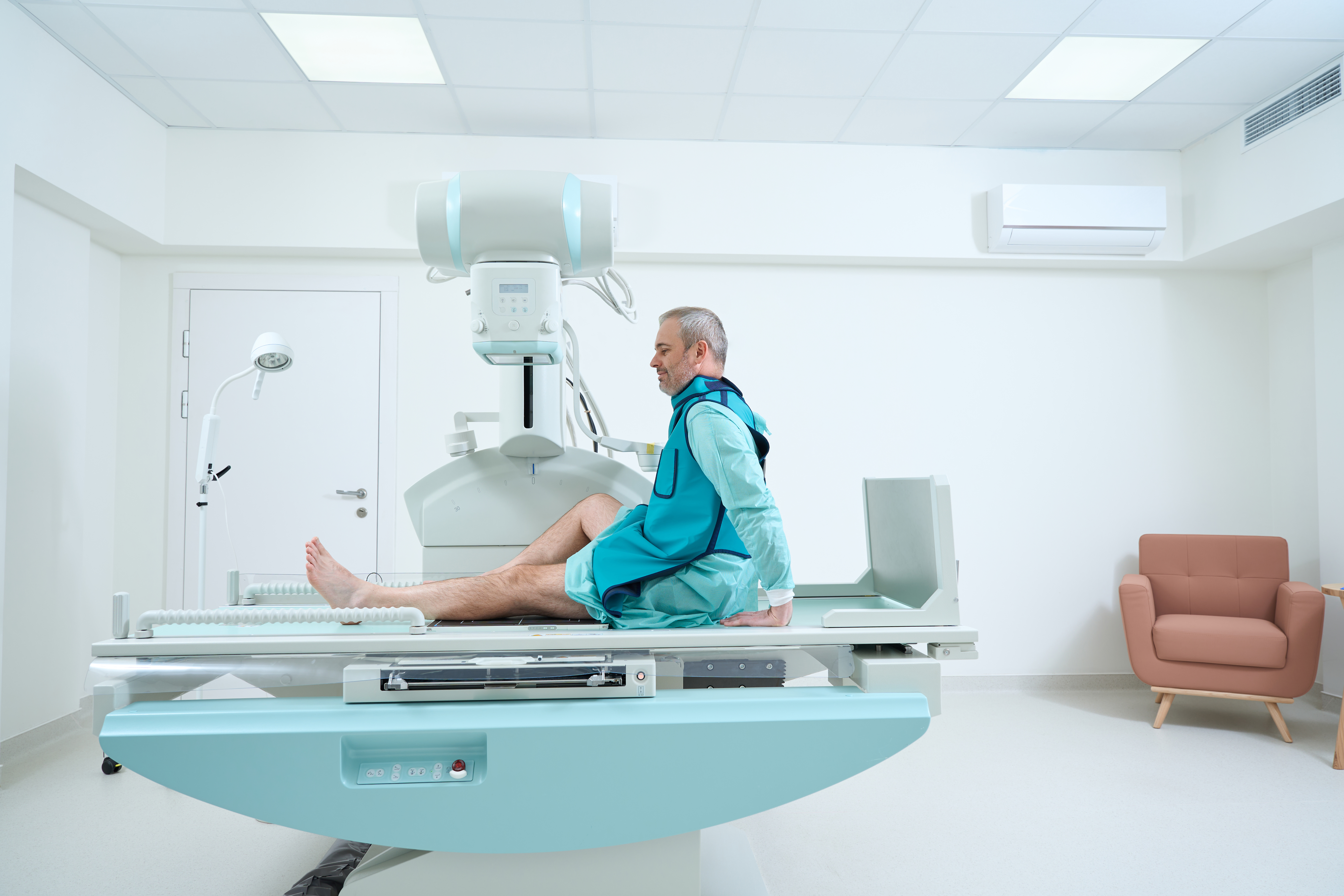10 Knee-Slapper Secrets to Outsmarting Your Baker's Cyst
That unwelcome bulge behind your knee, the persistent tightness, and the frustrating ache – if this describes your knee's current situation, a Baker's cyst might be the culprit. This fluid-filled sac, typically forming when joint lubricant collects at the back of the knee due to underlying issues like arthritis or an injury, can make everyday movements a challenge and even risk a painful rupture if left untreated. But relief is possible! To help you navigate your options and reclaim your comfort, we're diving into 10 effective treatments for tackling a Baker's cyst, covering everything from simple at-home strategies to advanced medical procedures.
1. Fluid Drainage

An individual experiencing symptoms as a manifestation of their Baker's cyst may need fluid drainage as part of their treatment. Fluid drainage or aspiration is typically administered on an outpatient basis and does not require any special preparation. During the procedure, a topical or injection of local anesthetic is delivered to the skin around the cyst. A device with a large screen called an ultrasound machine is used to locate the precise location of the patient's cyst. A small needle is inserted into the tissue behind the knee and the cyst. The vacuum mechanism of a syringe is used to draw out the fluid inside of the cyst. This treatment should shrink the cyst to reduce the symptoms the patient is experiencing as a result of the cyst growth. This method of treatment is often used for individuals who cannot undergo surgery to remove the cyst but still need symptomatic relief. The recovery from this aspiration procedure is short and allows the affected individual to resume their regular daily activities the day of or after. Most patients who undergo an aspiration for a baker's cyst do not feel pain during their fluid drainage procedure. Fluid drainage is an effective way to alleviate Baker's cyst symptoms, but there is a possibility the cyst will grow back.
2. Corticosteroid Injection Medication

An individual who has a Baker's cyst and is experiencing significant pain as a result of the cyst may require corticosteroid medication. Baker's cyst causes damage and compression of surrounding tissues and structures. The patient's immune system reacts to this compression and injury with an inflammatory response. An inflammatory response includes blood vessel dilation to increase blood flow to the area. The increased circulation is so a rush of oxygenated blood and immune system components can effectively reach the site of the damage. This response causes the area around the cyst to swell up, become red and warm to the touch, and experience sensations of pain. While the inflammatory response has the intention of mediating and repairing cellular damage caused by the cyst, not all of its effects are beneficial in terms of a patient's symptoms. In such cases, medication may be required to inhibit the action of the inflammatory response to help with the reduction of pain and swelling. This type of treatment can be accomplished with the delivery of a type of medication called a corticosteroid through a syringe to the affected region. Corticosteroids work to put the brakes on an affected individual's immune system temporarily so they will not experience so much pain and swelling from the benign cyst.
3. Physical Therapy

An individual experiencing symptoms from their Baker's cyst may be advised to have physical therapy as part of their treatment. When a patient's Baker's cyst grows large enough, it can easily cause them to have difficulty with joint movement. The cyst can cause the individual to be unable to mobilize the joint physically, or it can cause them to experience severe pain upon attempting to mobilize the knee joint. By the time the cyst has grown large enough to cause such symptoms, the muscles of the knee have become weak as a result of reduced muscle use. This mechanism can lead to problems with an individual's overall balance and stability when standing or walking because the muscles that move the knee can no longer support it. Physical therapy can help a patient learn how to do exercises, strengthening moves, and manipulations to rebuild the muscle strength in the knees. The exercises and movements are also effective at improving an individual's range of motion in the knee. With consistent physical therapy, a patient can prevent and even reverse any effects on their balance and stability caused by their Baker's cyst.
4. Pain Relief Medication

Pain relief medication may be recommended or prescribed for patients experiencing significant pain from their Baker's cyst. In most cases, over-the-counter medicines such as ibuprofen, acetaminophen, acetylsalicylic acid, and naproxen sodium are all that is needed to help alleviate the pain from a cyst. Corticosteroid medications can also help with pain relief when they are injected into the site of the cyst because they reduce inflammation. In more severe cases where a patient cannot undergo a surgical procedure to remove an extremely painful cyst, their physician may prescribe stronger painkillers such as narcotic opioids to manage their pain. In circumstances where a patient's Baker's cyst ruptures, they may be prescribed a short round of narcotic painkillers. Some individuals may be prescribed systemic steroids if they are experiencing an excessive amount of inflammation from the cyst itself or the rupture of their cyst. Oral steroids help stop the response of the immune system that causes excessive swelling and pain. Both over-the-counter pain relievers and prescription painkillers may be necessary during recovery for an individual who undergoes surgery to remove their cyst.
5. RICE Treatment

Individuals with a Baker's cyst may be advised to follow the RICE protocol as part of their treatment. RICE stands for rest, ice, compression, and elevation. Rest means the affected individual should stop engaging in any movements or activities that irritate their Baker's cyst and cause increased inflammation. Ice means the patient should use a cold compress in intervals of ten to twenty minutes on the Baker's cyst at a frequency of more than three times a day. This part of the regimen also states if the swelling goes down after forty-eight to seventy-two hours, heat can be applied to help with the pain. Compression is the part of the RICE regimen that means wrapping up the knee around the cyst with an elastic type bandage to help reduce swelling in the area. The bandage should not be wrapped too tight is to obstruct blood flow, as it can result in swelling in the lower leg. Sensations of tingling, numbness, increased pain, swelling, or coolness in the lower leg can indicate the bandage is wrapped too tight. Elevation means to lift the leg when sitting or lying down to a level higher than the elevation of the heart to mediate swelling. The RICE treatment method is typically included in the treatment plan for all symptomatic Baker's cysts.
6. Targeting the Troublemaker: Treating the Underlying Knee Condition

Often, a Baker's cyst is merely a symptom, a red flag waved by a knee grappling with issues like a meniscal tear, ligament injury, or arthritis. Simply draining the cyst without addressing this root cause is like mopping the floor while the tap is still running – temporary at best. True, lasting relief usually involves your doctor diagnosing and treating the primary knee pathology. This might mean repairing damaged cartilage, managing arthritis, or addressing ligament instability. By tackling the original instigator, you not only resolve the cyst but also significantly boost overall knee health and slash recurrence odds.
7. Surgical Solution: Cyst Excision When Necessary

When a Baker’s cyst grows defiant, resisting less invasive measures, becoming excessively large, or causing severe, persistent symptoms like nerve compression or drastically limited movement, surgical removal (cystectomy) steps into the ring. Surgeons typically perform this procedure either through a traditional open incision behind the knee or, increasingly, using minimally invasive arthroscopic techniques, especially if simultaneously addressing an internal knee problem. The primary goal is to meticulously remove the cyst sac and, crucially, to locate and seal off the valve-like connection or stalk to the knee joint from which it arose, dramatically reducing the chance of it staging a comeback.
8. Keyhole Cleanup: Arthroscopic Surgery for Knee Repair

Think of arthroscopic surgery as a high-tech, minimally invasive reconnaissance and repair mission for the inner workings of your knee. If your Baker’s cyst is a direct consequence of an internal joint problem like a torn meniscus, damaged cartilage, or loose bodies floating within, an orthopedic surgeon can make tiny incisions to insert a small camera (arthroscope) and specialized instruments. This allows them to directly visualize, accurately diagnose, and precisely repair the underlying issue. By fixing the internal fault that’s causing excess fluid production or inflammation, the Baker’s cyst often resolves naturally or is far less likely to reappear post-aspiration.
9. Regenerative Boost: Biologic Injections (PRP/Hyaluronic Acid)

Moving beyond standard corticosteroid injections, innovative biologic therapies are gaining recognition for managing the underlying knee conditions, like osteoarthritis, that often fuel Baker’s cysts. Options such as Platelet-Rich Plasma (PRP), concentrated from your own blood to harness natural healing factors, or hyaluronic acid injections (viscosupplementation), which act like a lubricant and shock absorber for the joint, aim to reduce inflammation, promote tissue repair, and improve joint mechanics. While not directly shrinking the cyst, these treatments help calm the irritated knee joint, thereby reducing fluid accumulation and indirectly easing the Baker's cyst symptoms by addressing the source.
10. Lightening the Load: Strategic Weight Management

Your knees are unsung heroes, bearing a significant portion of your body weight with every single step. Carrying excess weight dramatically amplifies the stress on these crucial joints, which can worsen conditions like arthritis and, as a result, contribute to the formation or stubborn persistence of a Baker’s cyst. Committing to a sensible weight management plan, through a balanced diet and knee-friendly, low-impact exercises such as swimming or cycling, can offer profound relief. Even a modest weight loss can significantly decrease knee pain, reduce inflammation, and alleviate the pressure that might be contributing to the cyst.
Beyond the Baker's Cyst: Your Comprehensive Path to Knee Wellness

Living with a Baker's cyst can be challenging, but as our exploration of 10 diverse treatments reveals, a wide array of effective solutions exists. From foundational self-care and medications to targeted interventions like fluid drainage, corticosteroid injections, physical therapy, and even advanced options such as surgery or regenerative medicine, relief is attainable. A key insight is that Baker's cysts often stem from underlying knee conditions; successfully addressing this root cause is paramount for long-term recovery. With such a comprehensive range of possibilities, professional guidance is indispensable. Your healthcare provider can offer an accurate diagnosis, identify the primary knee issue, and collaborate with you to create a personalized treatment strategy. While a Baker's cyst can be a persistent discomfort, understanding your options and working with experts empowers you to manage symptoms effectively, improve your knee function, and confidently reclaim an active, comfortable lifestyle.